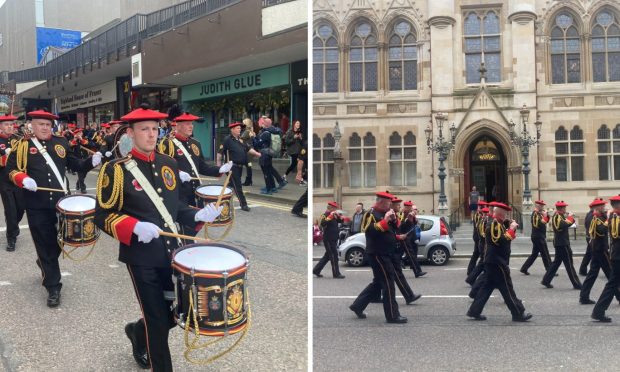The challenges presented to golf course managers by the notoriously fickle Scottish weather will be discussed at an international summit at Castle Stuart.
Delegates will consider the lessons learned from the showpiece Aberdeen Asset Management Scottish Open, which was held at the course for the fourth time this year.
The event was affected by tricky conditions, with gusts hitting 43mph on the opening day.
With balls oscillating on the greens, the course management team had to avoid cutting to stop the balls moving on the putting surfaces during the worst conditions to allow play to continue, while at other times cutting was necessary to maintain green speeds.
It was a steep learning curve for a 46-strong army of volunteers who gathered at the course from across the world, including Australia and New Zealand, to augment Castle Stuart’s usual team of 14 during the event.
Castle Stuart tests 55 species of fescue grass on site to select those that best suit different climates, need the least water and are the most disease-resistant.
Their results are sought after by courses across the world, including last year’s US Open venue, Chambers Bay.
Delegates at the conference on September 20-21 will hear how this testing regime, along with cutting heights and the use of state-of-the-art machinery, can make play possible in severe conditions while keeping the grass healthy.
Course manager Chris Haspell said: “This year’s Scottish Open was a real learning experience for many of the volunteers working on a Scottish links course for the first time on a large event in challenging conditions.
“But we managed to keep play going and received good feedback. The team learned a few things which they took back to their own courses in different parts of the world.”
Delegates at the conference, which also includes talks by Dr Thom Nikolai, renowned professor of turf grass agronomy at Michigan State University, will have a chance to hold networking events and play the Castle Stuart course.
Stuart McColm, Castle Stuart’s general manager, said: “Our belief is that we can test the best without making the course too punishing for players of lesser abilities and make the whole experience more enjoyable.
“Giving golfers more opportunities to keep the ball in play – and find it when they don’t – and the ability to make more putts on greens that are not too fast, makes the overall experience more memorable.”










